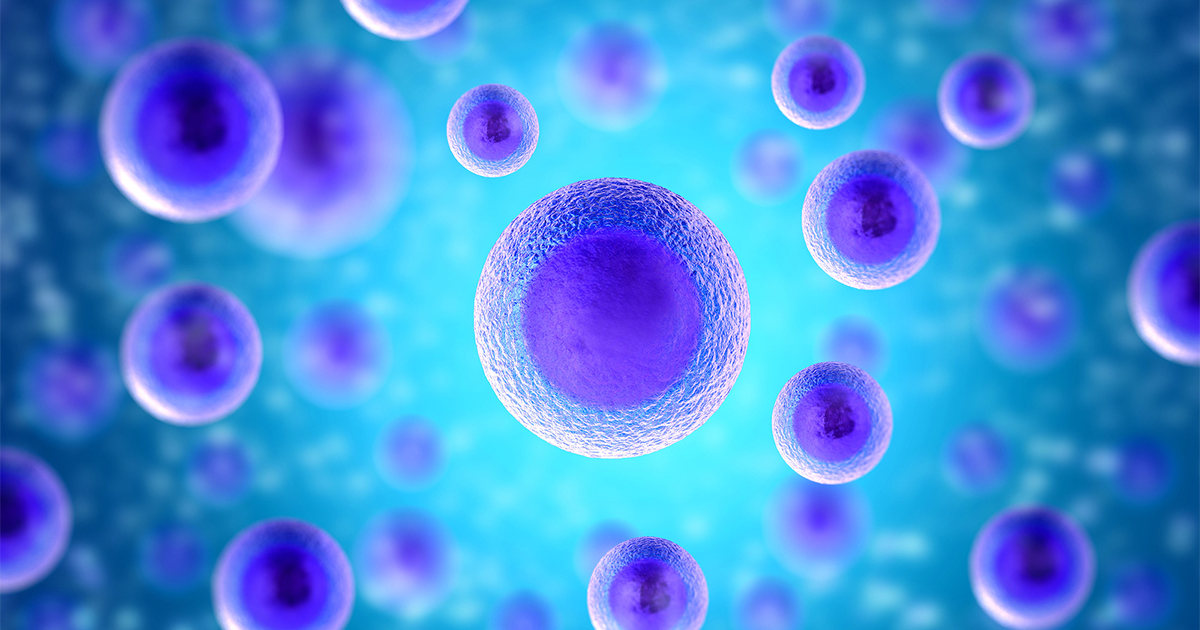Symptoms Of Situs Inversis
Primary Ciliary Dyskinesia
Also known as PCD or immotile ciliary syndrome, primary ciliary dyskinesia is a rare genetic disorder. It is ciliopathic, meaning it is a disorder of the cilia in the cells, in ciliary function, basal bodies, or those structures anchoring cilia. The defects are in the cilia's action of a wide variety of locations: those that line the respiratory tract, which includes upper and lower, middle ear, Eustachian tube, and sinuses; fallopian tubes; and sperm cells' flagella. The name immotile ciliary syndrome has fallen out of primary use as the cilia do retain some movement, but are unsynchronized or inefficient. Primary ciliary dyskinesia sometimes accompanies situs inversus, meaning it can help to diagnose the primary condition.
Discover more symptoms of situs inversus by continuing to read now.
Chronic Sinusitis And Bronchitis

Acute bronchitis generally can claim viruses as its cause, particularly those also known to cause flu and colds. Bacterial infections can also be at the root, as can exposure to irritants to the lungs such as dust, vapors, fumes, and air pollution. Sinusitis occurs when the tissue lining the sinuses is inflamed or swells. When either bronchitis or sinusitis occurs for long periods or is persistent, lasting for greater than three months, it is considered chronic. In this case, situs inversus is known for causing a buildup of mucus in the lungs, thus leading to chronic sinusitis and bronchitis. It is difficult to diagnose situs inversus solely on the basis of chronic sinus problems, however, as a variety of other conditions and environments can lead to these complications.
It's time to get the details on the next sign of situs inversus.
